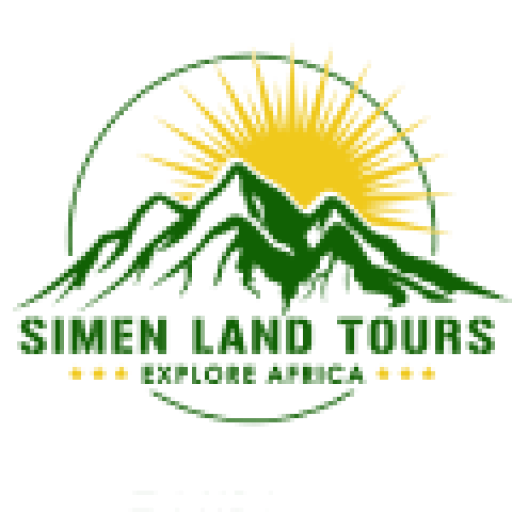The Daasanach tribe are found in the most southern part of the Omo Valley and have a population of around 20,000. They live at the point where the Omo River delta enters Lake Turkana, in fact their name means ‘People of the Delta’.
The lower class of the tribe are called Dies, and are the people who have lost their cattle and hence their livelihoods. Rather than living with the rest of the tribe, they live near Lake Turkana and find food by fishing or hunting crocodiles.
